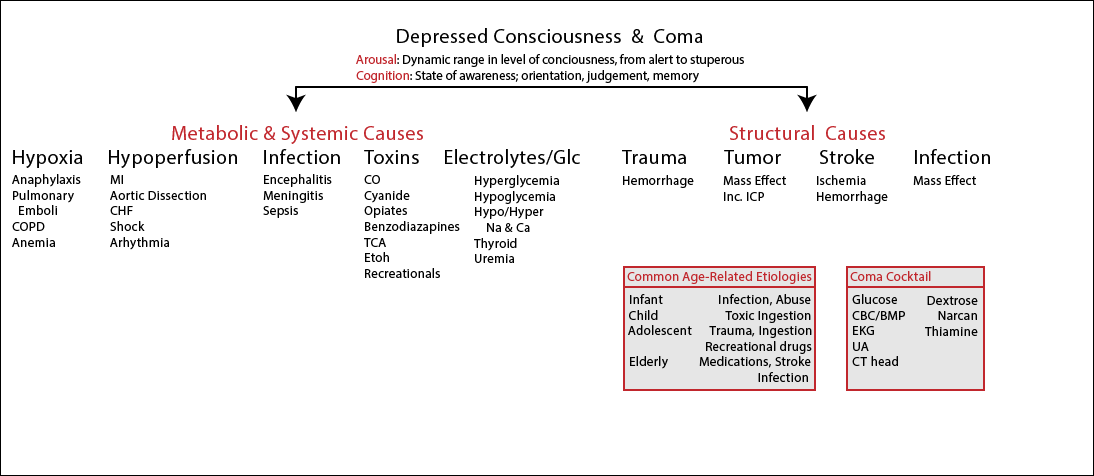|
0 Comments
The NIH stroke scale it used to identify the severity of stroke like symptoms, and should be scored on the patient's initial presentation, without coaching or duplication. It is important to be consistent when scoring all patients, and identify all deficits.
NIH stroke scale scores patients 0-42, with higher scores indicating increased severity. Training for appropriate use of the NIH stroke scale is free, at http://nihss-english.trainingcampus.net/ iPhone applications, such as StatCoder, are available and free. Adapted from Rosens, chp 16. Little Old Lady Workup (LOL)Testing to consider in an elderly patient with altered mental status ABG: hypoxia, CO2 retention, SOB BMP/CMP: electrolyte abnormalities, hepatic encephalopathy UA: infection, DKA, ingestion PT/INT: hemorrhage, anemia, hypercoagulable Lactate: ketotic state, ingestion, ischemia TSH: thyroid storm, hypothyroid Cardiac Enzymes: MI, ischemia, cardiogenic shock CXR: infection, pneumothorax, CHF CT head: hemorrhage, mass MRI: edema, mass, ischemia CTA: pulmonary emboli, aortic dissection LP/CSF: infection, ICP Confusion
The Himmelfarb librarians have built an extensive reading list for internal medicine sub-specialties, from Cardiology to Infectious Disease. These are a great resource for studying up on both bread and butter as well as zebras.
|
Categories
Archive
February 2018
Please read our Terms of Use.
|



